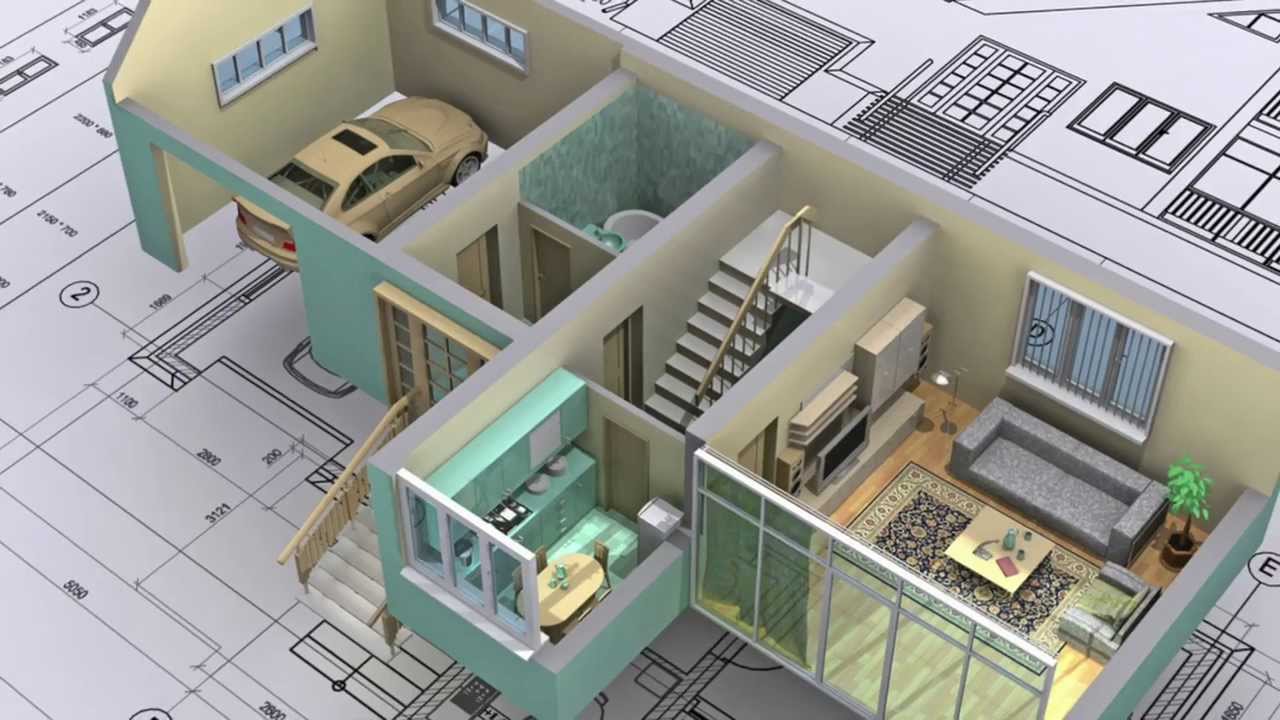Janjic Architecture Fundamentals Explained
Table of ContentsThe 9-Minute Rule for Janjic ArchitectureJanjic Architecture Fundamentals ExplainedJanjic Architecture for BeginnersJanjic Architecture Things To Know Before You Get This
Designers are experts who create buildings and other structures, ensuring they are both useful and aesthetically pleasing. They are in charge of developing areas that satisfy the needs of the individuals who utilize them while additionally taking into consideration safety and security, sustainability, and conformity with building policies. Architects think about safety and security, functionality, environmental effect, energy performance, and local zoning regulations while creating designs for numerous kinds of frameworks, including property, commercial, public structures, and also specialized structures like healthcare facilities and schools.
Architects do much even more than layout aesthetically pleasing structures. They are involved in every phase of a structure's building, from its conception to the ribbon-cutting ceremony. On any kind of given day, a designer might meet clients, prepare construction records, or go to a worksite. An engineer's certain responsibilities transform from project to project, but typical obligations include:: Establishing structure concepts and styles, including theoretical sketches, 3D versions, and makings to picture the last product.: Preparing comprehensive illustrations and strategies using innovative software program such as AutoCAD, Revit, SketchUp, or another tool, making certain that all technical requirements are included.: Collaborating with clients, engineers, specialists, and other stakeholders to integrate comments, ensure the design meets customer demands, and keep positioning with project objectives.
: Making certain jobs follow building codes, zoning legislations, safety guidelines, and access standards to assure the security, legality, and quality of the final framework. Architects put on a lot of hats in their everyday work, so the skills required to be effective as a designer vary. Some vital abilities you require to work as an architect consist of:: Incorporate visual appeal with capability to develop beautiful and sensible spaces.: Use innovative mathematics ideas, consisting of geometry and physics, to make certain designs are risk-free and functional.: Fix design-related and legal concerns successfully to keep tasks on track.: Guarantee every facet of the design is accurate to avoid setbacks.: Collaborate successfully with clients, designers, contractors, and other professionals.: Work well with others to bring jobs to fruition, collaborating with numerous stakeholders.: Take ownership of projects and motivate teams to guarantee effective implementation.
Some pupils choose to earn both the B - Janjic Architecture.Arch and the M.Arch; however, this is not a need for licensure. If you have a four-year bachelor's degree in architecture or another technique, you can gain an M.Arch and certify for style licensure. Becoming a designer calls for substantial training and a wide variety of coursework
Rumored Buzz on Janjic Architecture
These programs prepare pupils for the varied obstacles of building technique, equipping them with the abilities required to succeed in their professions. Becoming an architect requires commitment, creative thinking, and a clear understanding of the steps included. From education and learning to licensure, this overview offers a basic roadmap for aspiring designers to navigate the path towards a successful career in style.
There are a couple of various paths to becoming an engineer, yet the two listed below are the major methods:: This is a five-year undergraduate program that provides fundamental knowledge in building design, background, concept, and innovation. It is one of one of the most typical paths to becoming an architect.: The M.Arch is a graduate-level program for students who currently hold a bachelor's degree.
This multi-division examination tests your skills and knowledge of architecture. The current variation of the test is called ARE 5.0 and includes 6 divisions. These departments might be taken in any type of order however should be passed within five years to get approved for style licensure. Visit Kaplan's ARE Exam Resource Facility to discover the ARE 5.0.
After receiving your certificate, you can officially exercise as an architect and start working separately or with a firm. While acquiring a state certificate permits you to exercise within that jurisdiction, getting NCARB accreditation can make it less complicated to expand your practice to other states. The NCARB Certification is a credential that helps with reciprocity, enabling you to function across several territories.
Getting My Janjic Architecture To Work

(https://www.slideshare.net/janjicarchitecture80)Construction can be equivalent components interesting and difficult. It's amazing to see your vision come to life, you might really feel overwhelmed by routines, settlements, and unanticipated circumstances. We believe the most successful jobs take place when the designer plays an active duty in building and construction, and throughout the procedure, we remain in continuous communication with our clients and their professionals.
All About Janjic Architecture
Prior to diving into assumptions, we need to initially explain the duty of an architect in building. Most of an architect's work occurs prior to building starts, they remain on the project up until completion. Additionally, a designer promotes interaction in between the contractor and the building proprietor. Communication circulations will certainly vary depending upon your task distribution method.
On many projects, nonetheless, you will mostly connect with your engineer. Specifically, you can anticipate your architect to carry out the complying with responsibilities: Prior to construction begins, your architect will establish assumptions with you and your professional.
